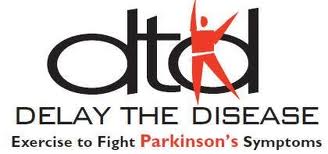Parkinson’s Disease and a 5000 Year Old Prescription
Parkinson’s Disease is a degenerative condition causing tremor and motor impairment. Though PD is not fatal, complications from the disorder can be severe and there is no known cure. Parkinson’s has been related to the loss of dopamine (a hormone) secreting neurons in the midbrain area called the substantia nigra. With a decrease in the production of dopamine, the ability to regulate the body, movements and emotions are lost.


 People with minor motor system disorders to severe disorders will find that physical therapy can help with the rigidity, slow movement patterns, postural instability, impaired balance and coordination that seem to evolve along with this disease. The physical therapist will evaluate for Functional Gait Testing, Functional Reach Testing, Timed Get Up and Go Test, Bed mobility screening and orthopedic evaluations for mobility and strength.
People with minor motor system disorders to severe disorders will find that physical therapy can help with the rigidity, slow movement patterns, postural instability, impaired balance and coordination that seem to evolve along with this disease. The physical therapist will evaluate for Functional Gait Testing, Functional Reach Testing, Timed Get Up and Go Test, Bed mobility screening and orthopedic evaluations for mobility and strength.

